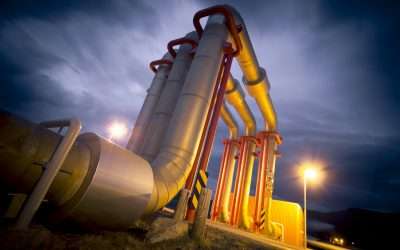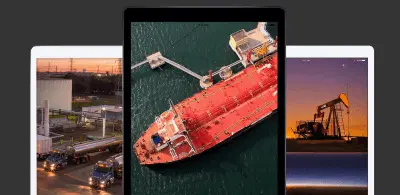How to optimize fleet level fuel procurement post IMO 2020 - Inatech
- February 9, 2022
- Posted by: Inatech ETRM
- Categories:

As the industry starts to get used to working in a post IMO 2020 world, operators are facing up to the fact that they now need to deal with the additional costs of compliance.
S&P Global Platts Analytics estimated that complying with the IMO’s cap would add $60 billion to fuel costs in 2020. Although we can’t be sure what the eventual cost will be we have already seen large price differences between low sulphur fuel and heavy oil – a recent article put the cost difference in Singapore for example at 64%.
Hapag-Lloyd for example estimates that complying with the IMO’s cap will cost the company an additional $1 billion a year in fuel costs across its fleet of 226 modern container ships. Box shipping company MSC anticipates paying an extra $2 billion annually.
The new IMO rules will not only increase costs but could also trigger unprecedented volatility in prices as a widening array of choice between the various fuel types could skew supply and demand dynamics in what is still a relatively opaque market.
Increased cost and price volatility are just the start. Even with IMO 2020 now in force buyers still aren’t clear what new fuels will be available and there is still uncertainty around compatibility, quality and availability.
With this continued uncertainty what can buyers do?
At Inatech we believe that buyers need to review and rethink their fuel procurement strategies.
When talking to some of our customers we have found that many see fuel procurement as an operational activity. They have systems and workflows in place that handle procurement across their organization. This has worked well for them in the past. However as the process gets more complex buyers need to be more analytical in the way they buy. Earlier planning may be needed to secure the right fuels. This means using available data effectively and making new technologies work for the business.
Ultimately, this means smarter fuel purchasing. Even in the most regulated and uncertain situations buyers can confidently buy the right quality fuel at the right price and at the desired destination.
Inatech has a product that makes this possible – Smart Trader
Smart Trader, is a pre-deal analysis and decision support platform, that leverages bunker alerts and pricing data from S&P Global Platts.
Smart Trader has been specifically designed to help bunker buyers optimize fleet level fuel procurement and make informed purchasing decisions. Developed to help buyers and operators faced with a widening array of fuel choices and prices, as well as possible quality, compatibility and availability issues caused by the new IMO rules.
What makes Smart Trader so practical and applicable is that it combines internal data taken from an operator’s vessels, suppliers and procurement systems and combines this with bunker alerts and pricing data from S&P Global Platts. This information is displayed via interactive maps and through alerts. This allows buyers to monitor the fuel levels of every ship, track location and direction, and manage fuel options as a vessel approaches port.
By deploying Smart Trader buyers can:
-
Optimize fuel procurement across a fleet or by individual ship using one application.
-
Manage an entire fleet. See their location, fuel levels, schedule, local port prices, and available suppliers.
-
Utilize interactive, easy to understand maps for logistics and strategy.
-
Better understand complexity and volatility through integrated vessel tracking and bunker alerts and pricing data from S&P Global Platts.
-
Secure the right product, with the right quality and price at the desired port.
For more information about Smart Trader or to book a demo click here




